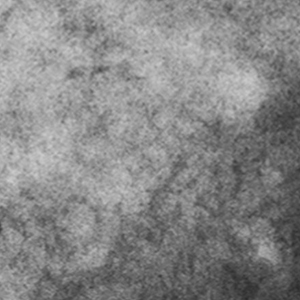 Smart Citations
Smart CitationsSee how this article has been cited at scite.ai
scite shows how a scientific paper has been cited by providing the context of the citation, a classification describing whether it supports, mentions, or contrasts the cited claim, and a label indicating in which section the citation was made.
How to stain nucleic acids and proteins in Miller spreads
The spread technique proposed by Miller and Beatty in 1969 allowed for the first time the visualization at transmission electron microscopy of nucleic acids and chromatin in an isolated and distended conformation. The final step of staining the spread chromatin is of critical importance because it can strongly influence the interpretation of the results. We evaluated different staining techniques and the most part of them provided a good result. Specifically, well contrasted micrographs were obtained when staining with H3PW12O40 (PTA), as originally proposed by Miller and Beatty, and with two alternatives proposed here: uranyl acetate or terbium citrate staining. Quite good contrast of the spread DNA could be achieved also by using Osmium Ammine; while no or few contrast of nucleic acids was observed by staining with KMnO₄ and H3PMo12O40 (PMA) respectively.
Downloads
Publication Facts
Reviewer profiles N/A
Author statements
- Academic society
- N/A
- Publisher
- PAGEPress Publications, Pavia, Italy
Citations
10.1007/978-1-0716-2675-7_13
How to Cite

This work is licensed under a Creative Commons Attribution-NonCommercial 4.0 International License.
PAGEPress has chosen to apply the Creative Commons Attribution NonCommercial 4.0 International License (CC BY-NC 4.0) to all manuscripts to be published.

 https://doi.org/10.4081/ejh.2022.3364
https://doi.org/10.4081/ejh.2022.3364






